The entrance to The Arboretum is currently characterized by a rip‐rap lined ditch that is a classic example of the rapid water conveyance that impairs urban‐affected streams in Fayette County. A restructuring of this highly visible drainageway as a bioswale will transform it into an attractive, functional, and educational contribution to water quality in one of Kentucky’s premier venues for environmental education. The project partners propose to use in‐kind services along with funding from a Sustainability Challenge Grant to design and reconstruct the current ditch into a bioswale for runoff infiltration and conveyance. The new bioswale will have a broadened cross‐section, a series of low weirs constructed from recycled rip‐rap, and will be planted with native grasses and wildflowers. The process for design and construction of the swale will involve the work of multiple participants: (1) data collection, design, and construction detailing by students in the Landscape Architecture course Water in Urbanizing Landscapes; (2) technical leadership for hydrologic design and plant selection and establishment methods by faculty and staff in Landscape Architecture, Horticulture and the Arboretum; (3) propagation of plant material by the UK Horticulture Club; (4) construction by the UK Student Chapter, American Society of Landscape Architects, with the guidance of faculty and staff and in cooperation with PPD; (5) planting by SC/ASLA, the Horticulture Club, and Arboretum Volunteers with the guidance of faculty and Arboretum staff; and (4) longer‐term monitoring by UKLA. The result will be both functional and beautiful, demonstrating that using ecological principles to manage water and landscapes creates more desirable human environments.
Team members: Molly Davis and Todd Rounsaville, UK Arboretum; Chris Sass, Ned Crankshaw and Travis Klondike, Landscape Architecture; Richard Durham and Mark Williams, Horticulture; George Riddle, PPD Grounds; and Jesse Dahl, Arboretum.


